Jesus and Mariangeles suggested going to Segovia for the day. Although I had been there before with my brother on a daytrip from Madrid by train during our 2001 Thanksgiving week vacation, I was eager to go again because it's such a beautiful place. For a city of its small size Segovia is packed with important historical monuments ranging from one of the highest surviving Roman-era aqueducts to a magnificent Gothic cathedral, to the Alcazar of Segovia, probably one of the most perfect storybook castles anywhere. The Alcazar probably makes it onto almost as many calendars as Germany’s Neuschwanstein. I marveled at them as much this time around as I did seven years ago. I also lucked out with the weather in Segovia again. In June it’s usually blisteringly hot on central Spain’s Meseta where the climate has been described as "six months of winter and six months of hell", but record cool temperatures made for very comfortable walking around the hilly town.
Segovia has numerous less commanding monuments than its magnificent aqueduct and clifftop castle
. Jesus has great interest in church architecture and guided me on an extensive tour of Segovia’s numerous Romanesque churches. One of the most notable was down in a valley well outside the old city perched defensively on a steep-sided hill. The Iglesia Veracruz is a unique 12-sided (dodecagon) building associated originally with the Templars and now Knights of Malta.
Food is very important to Spaniards, so Jesus and Mariangeles made it a point to check out menus early and reserve a table for lunch at a top place specializing in traditional Segovian cuisine. In Spain, of course, lunch doesn’t start until at least 2:00 in the afternoon and can last until about 5:00. They ordered the Menu de Degustation for the three of us which began with a series of appetizers: Judias con Morcilla (giant beans with blood sausage/black pudding), Judias con Chorizo (giant beans with spaicy sausage), Crema de Mongos (cream of mushroom soup), Duck Liver Pate, and a strange dish called Morro which consisted of chewy, almost gelatinous chunks in broth with a very porky flavor
. I thought it might have been pig’s feet or knuckle, but in response to my question about it Jesus held his hands in front of his face to make a triangular shape (after I didn’t understand the Spanish word he used). Eeeew, I’m eating pig’s snout! So I ate both Jews (Judias) and Muslims (Morros) all in one meal.
The main course was Cochinillo, suckling pig, of which I got an entire hind quarter, one of the most typical Castillian dishes. The only accompaniment to this pig feast was dense country bread to mop up the juices, of which there are plenty. So would you expect a little baby animal to have a lot of fat or a little? It hasn’t had much time in life to put on much fat or develop much muscle. There was only a rather thin layer of visible fat on my piglet beneath its crispy skin, but the tender, succulent nature of the meat suggests quite rich fat content.
They told me dessert was going to be a typical Segovian specialty called Ponche, a mystery before it arrived that sounded like it might be a bug fruity rum drink. No, Ponche was a big chunk of torte with two layers of sponge, a thick layer of creamy marzipan-flavored filling, and a sweet burnt top as in crème brulee – fantastico! We finished the meal with some Licore de Hierbas, a syrupy yellow herbal liqueur with a medicinal flavor. Maybe that’s what you need to neutralize some of the artery-clogging fat from our massive pig feast. We had to follow up dinner with a short siesta on a park bench at the edge of a cliff with a great view of the surrounding countryside before we did more touring.
Segovia - City of the Aqueduct and the Alcazar
Saturday, June 07, 2008
 Segovia, Castile-León, Spain and Canary Islands
Segovia, Castile-León, Spain and Canary Islands
Other Entries
-
1Madrid - Arrival in the Capital
Jun 061 day prior Madrid, Spain and Canary Islandsphoto_camera54videocam 0comment 0
Madrid, Spain and Canary Islandsphoto_camera54videocam 0comment 0 -
2Segovia - City of the Aqueduct and the Alcazar
Jun 07 Segovia, Spain and Canary Islandsphoto_camera69videocam 0comment 0
Segovia, Spain and Canary Islandsphoto_camera69videocam 0comment 0 -
3Palacio La Granja de San Indefonso
Jun 07later that day San Ildefonso o La Granja, Spain and Canary Islandsphoto_camera27videocam 0comment 0
San Ildefonso o La Granja, Spain and Canary Islandsphoto_camera27videocam 0comment 0 -
4El Escorial - The Monastery of San Lorenzo
Jun 081 day later El Escorial, Spain and Canary Islandsphoto_camera20videocam 0comment 0
El Escorial, Spain and Canary Islandsphoto_camera20videocam 0comment 0 -
5Manzanares El Real - Castles & Spanish Hospitality
Jun 092 days later Manzanares el Real, Spain and Canary Islandsphoto_camera43videocam 0comment 0
Manzanares el Real, Spain and Canary Islandsphoto_camera43videocam 0comment 0 -
6Bilbao - Industrial Hub of the Basque Country
Jun 103 days later Bilbao, Spain and Canary Islandsphoto_camera56videocam 0comment 0
Bilbao, Spain and Canary Islandsphoto_camera56videocam 0comment 0 -
7The Bilbao Guggenheim
Jun 114 days later Bilbao, Spain and Canary Islandsphoto_camera34videocam 0comment 0
Bilbao, Spain and Canary Islandsphoto_camera34videocam 0comment 0 -
8Vitoria-Gasteiz - The Basque Countrys Third City
Jun 125 days later Vitoria-Gasteiz, Spain and Canary Islandsphoto_camera40videocam 0comment 0
Vitoria-Gasteiz, Spain and Canary Islandsphoto_camera40videocam 0comment 0 -
9Pamplona - Navarre's Capital Without the Bulls
Jun 136 days later Pamplona, Spain and Canary Islandsphoto_camera41videocam 0comment 0
Pamplona, Spain and Canary Islandsphoto_camera41videocam 0comment 0 -
10Basque Food - One of the World's Finest Cuisines
Jun 147 days later San Sebastian, Spain and Canary Islandsphoto_camera47videocam 0comment 0
San Sebastian, Spain and Canary Islandsphoto_camera47videocam 0comment 0 -
11San Sebastian - Basque Seaside CUlinary Capital
Jun 158 days later San Sebastian, Spain and Canary Islandsphoto_camera112videocam 0comment 0
San Sebastian, Spain and Canary Islandsphoto_camera112videocam 0comment 0 -
12Signs of Basque Separatism
Jun 169 days later San Sebastian, Spain and Canary Islandsphoto_camera54videocam 0comment 0
San Sebastian, Spain and Canary Islandsphoto_camera54videocam 0comment 0 -
13Chillida-Leku Museum - San Sebastian
Jun 1710 days later San Sebastián - Donostia, Spain and Canary Islandsphoto_camera32videocam 0comment 0
San Sebastián - Donostia, Spain and Canary Islandsphoto_camera32videocam 0comment 0 -
14Trek Day 1 - Irun to Vera di Bidasoa
Jun 1811 days later Irun, Spain and Canary Islandsphoto_camera31videocam 0comment 0
Irun, Spain and Canary Islandsphoto_camera31videocam 0comment 0 -
15Trek Day 2 - Vera de Bidasoa to Col de Iratxko
Jun 1912 days later Vera de Bidasoa, Spain and Canary Islandsphoto_camera27videocam 0comment 0
Vera de Bidasoa, Spain and Canary Islandsphoto_camera27videocam 0comment 0 -
16Trek Day 3 - Col de Iratzko to Elizondo
Jun 2013 days later Elizondo, Spain and Canary Islandsphoto_camera19videocam 0comment 0
Elizondo, Spain and Canary Islandsphoto_camera19videocam 0comment 0 -
17Recovery in Elizondo
Jun 2215 days later Elizondo, Spain and Canary Islandsphoto_camera26videocam 0comment 0
Elizondo, Spain and Canary Islandsphoto_camera26videocam 0comment 0 -
18Biarritz & Return to San Sebastian, June 23 - 28
Jun 2821 days later Biarritz, Francephoto_camera16videocam 0comment 0
Biarritz, Francephoto_camera16videocam 0comment 0 -
19Bayonne, France - June 29
Jun 2922 days later Bayonne, Francephoto_camera16videocam 0comment 0
Bayonne, Francephoto_camera16videocam 0comment 0 -
20Lescun, France - Second Beginning of Trek
Jun 2922 days later Lescun, Francephoto_camera19videocam 0comment 0
Lescun, Francephoto_camera19videocam 0comment 0 -
21Trek Day 1 - Lescun to Cabane de Lapassa
Jun 3023 days later Cabane de Lapassa, Francephoto_camera58videocam 0comment 0
Cabane de Lapassa, Francephoto_camera58videocam 0comment 0

 Segovia, Castile-León, Spain and Canary Islands
Segovia, Castile-León, Spain and Canary Islands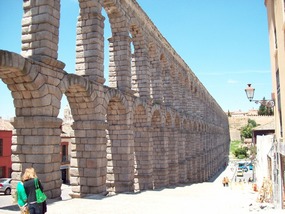
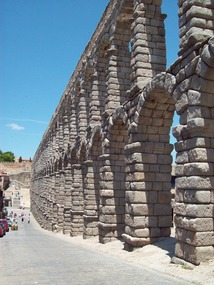


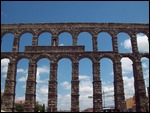
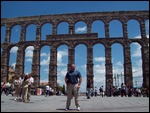
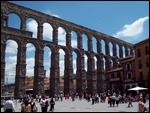
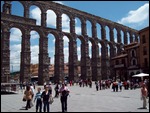
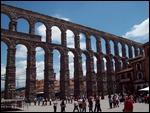
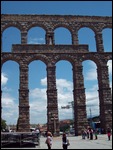
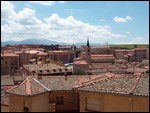
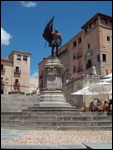
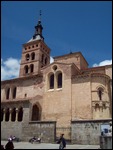
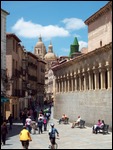

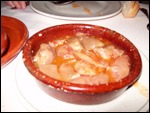
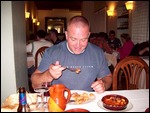
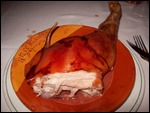

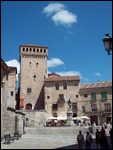
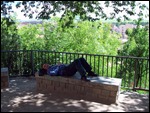
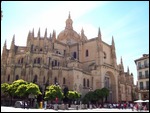
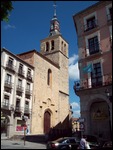
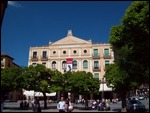
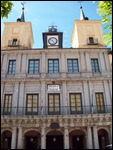
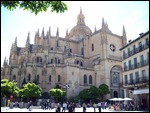
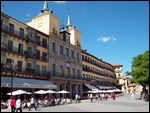
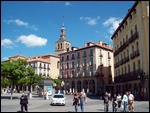
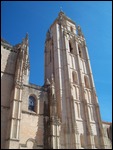
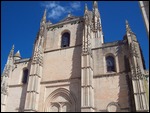
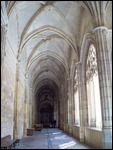
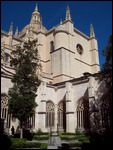
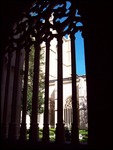
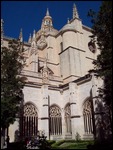
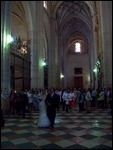

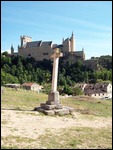
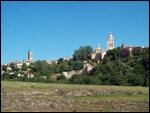

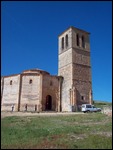
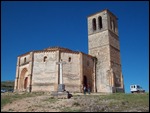
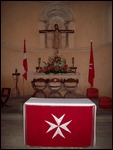
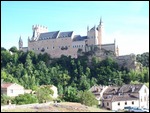

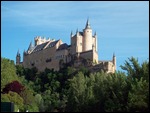

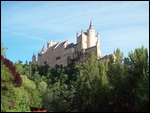
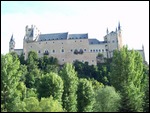
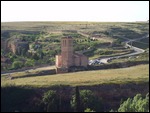
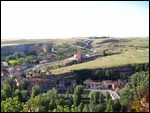
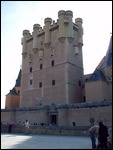
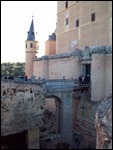

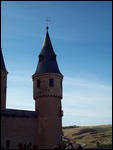
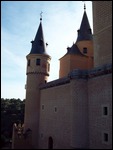
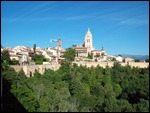
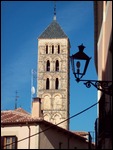
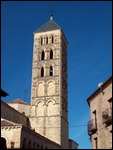

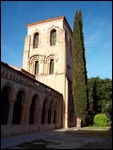
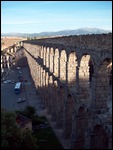
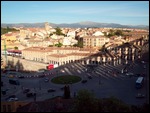
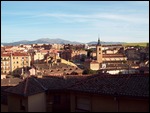
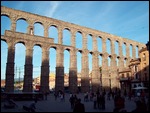
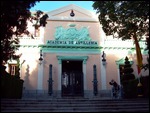
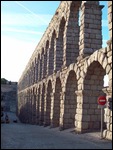
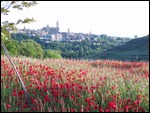
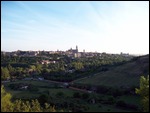
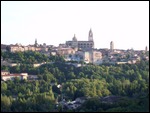
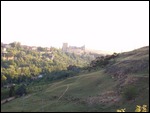
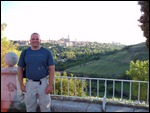
2025-05-22